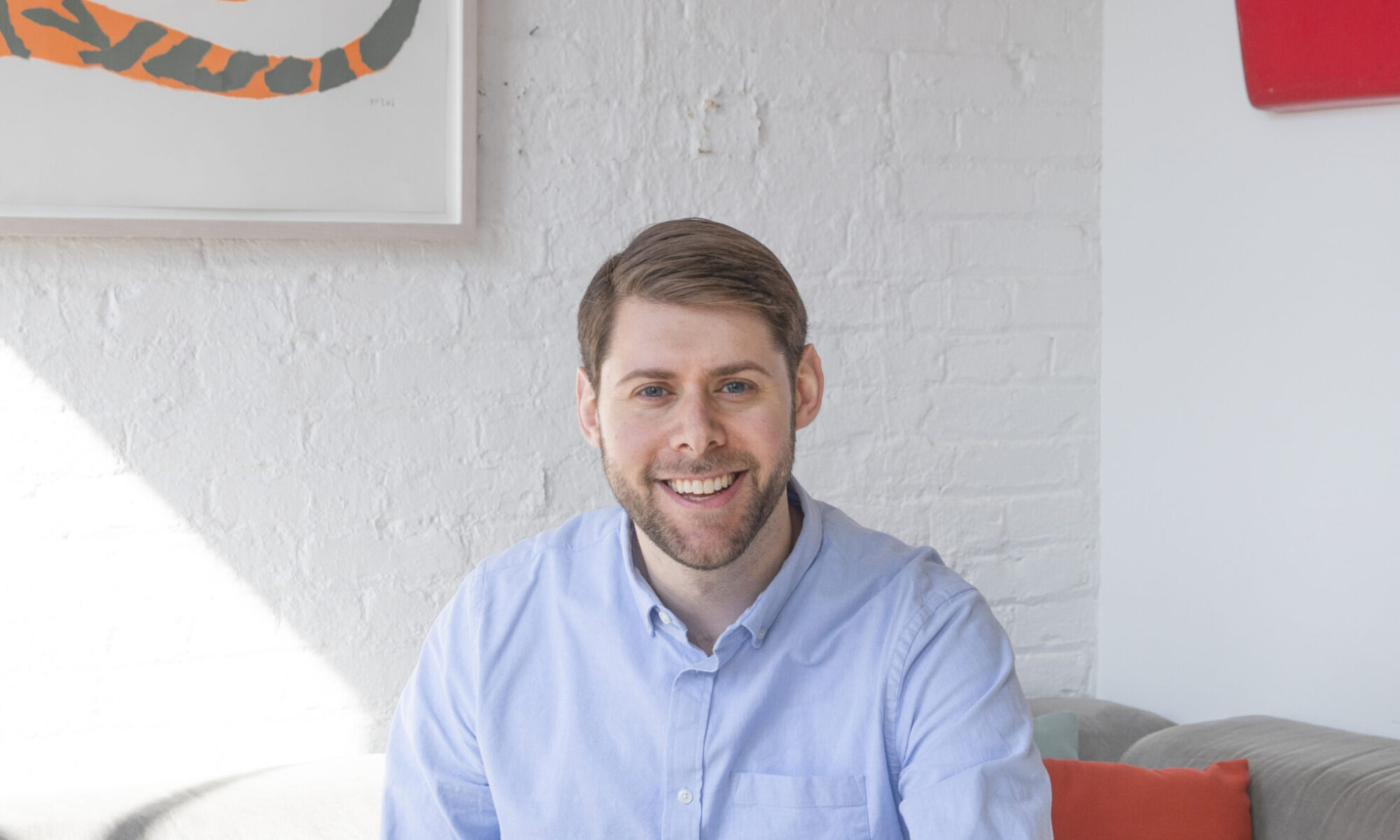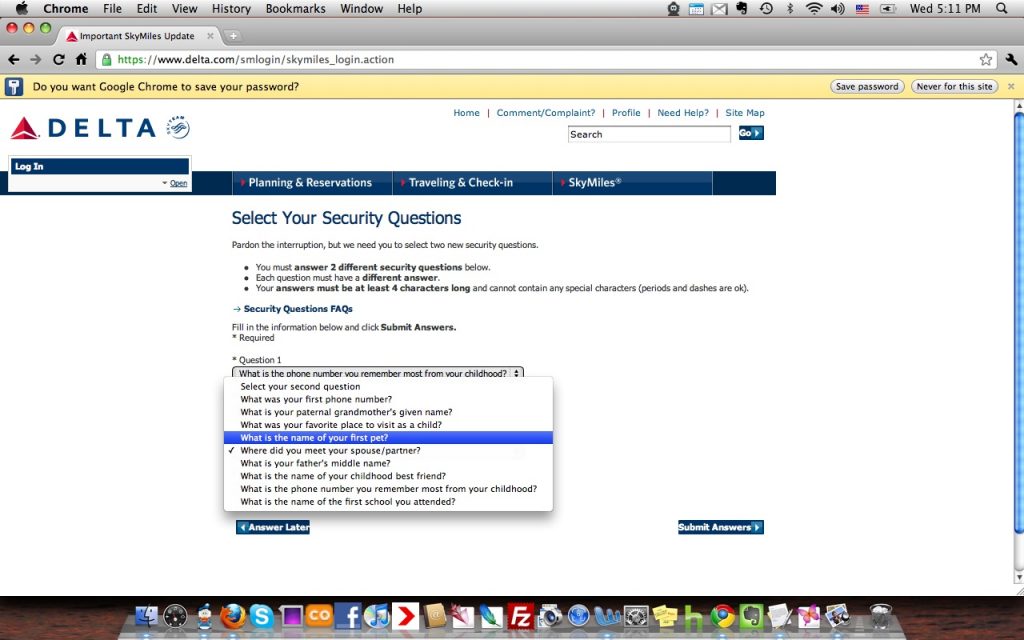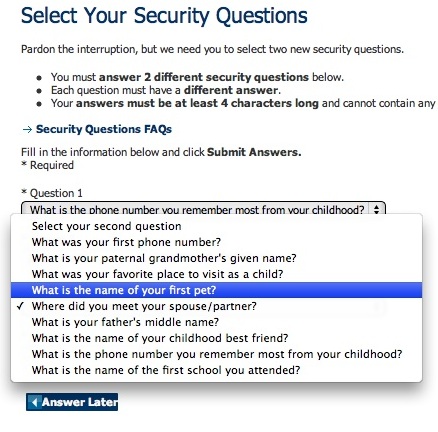A very happy birthday to you, mom, without whom this blog would not be possible, and without whom I would be rendered hopelessly, painfully normal.
Indeed, I cannot imagine it.

I’m Dan Oshinsky, and I run Inbox Collective, an email consultancy. I'm here to share what I've learned about doing great work and building amazing teams.
 The big news out today is that Reuters is going after the AP. Their new service, called Reuters America, intends to produce “Tier 2 domestic US news” with “one-person bureau chiefs,” with news “tailored to the needs of the US consumer media domestic audience.”
The big news out today is that Reuters is going after the AP. Their new service, called Reuters America, intends to produce “Tier 2 domestic US news” with “one-person bureau chiefs,” with news “tailored to the needs of the US consumer media domestic audience.”
Which means they’re sending one-man bands into under-served markets and selling the news to American news organizations at prices that the AP can’t match.
In brief, it sounds a lot like my plans for Stry.
But here’s a key difference: Reuters America will still answer to breaking news. Per one of their job openings:
The one-person bureau chiefs for the service will be experienced correspondents… [responsible for] chasing down US domestic spot news on tight deadlines (15-30 minutes to match breaking news for Web sites with brief Urgents)
This is where Reuters misses the point.
There is an inefficiency in the news ecosystem, because wire services answer to breaking news. These wire services are easily distracted — time can’t be spent reporting on key issues in communities because a police scanner is lighting up. Great reporting requires focus.
And then there’s one other truth: with the growth of the web and social media, breaking news isn’t hurting, even as news organizations shrink.
So a modern news agency needs to take breaking news out of the equation. That’s the difference with Stry. By removing that obstacle, Stry will let our reporters focus on the stories that are of most importance to communities. Our model will allow us to deliver meaningful news to consumers. The best stories know no news cycles, and we are not going to rush our stories or the news gathering process.
I think Reuters America is doing a smart thing: they’re trying to disrupt the business model that’s taken them this far.
Their only failure is that they haven’t gone far enough.
photo courtesy of Christopher Woo
[ois skin=”Tools for Reporters”]
During the previous month, I’ve been cleaning out my childhood room, and I’ve made some unusual discoveries. Here is some of what I’ve found, presented without comment.
3 Maryland Terrapins posters from 1995, featuring an ad for Erol’s Internet
1 World Cup USA 94 bumper sticker
1 pack of ‘Moochas Gracias’ stationary, featuring a picture of a cow in a sombrero
1 letter from my father to me, expressing extreme joy at the Washington Capitals’ recent signing of Jaromir Jagr
Several tiny magnets, including one from an airline called US Air, and another from the NBA Team Store
2 fake elementary school awards, including one for ‘Outstanding Participation’ in chess club
1 nose piece from my original (and only) pair of Rec Specs
1 ‘Share the Dream: Washington-Baltimore 2012 Olympics’ bumper sticker
1 copy of the front page of the Washington Post on Sept. 9, 2002, featuring the headline “Spurrier Dazzles in Debut”
1 photo of me interviewing former Maryland governor Bob Ehrlich
1 essay from my 7th grade English class, titled, “The Washington Capitals Have Just Given Up on this Season”
1 copy of a 50th anniversary magazine tribute to Bugs Bunny
1 photo of me, obviously taken at a bar mitzvah, in which I am strategically Photoshopped inside a toilet and looking out
1 photo of me in Montgomery County jail, taken during a 4th grade field trip
1 copy of the American Journalism Review, featuring the editor of the Los Angeles Times and the headline “Let the Good Times Roll”
2 Polaroids — 1 with Elroy from the Jetsons, and another with my father and sister at the Air & Space Museum
1 guide to napkin folding, as provided by the Holland America Cruise Line
1 trading card of Seattle SuperSonics center Olden Polynice
1 set of ‘moo’-themed stationary (separate from the ‘Moochas Gracias’ line of stationary)
1 copy of Sports Illustrated, featuring Mark McGwire and the headline “WHAT A SEASON”, and “AOL Keyword: Sports Illustrated” in the lower left hand corner
1 copy of the Washington Post, featuring the headline, “War Won’t Be Short, Bush Says”
1 telephone modem
1 baseball hat from the Bethesda-Chevy Chase youth baseball league
1 list of 70 potential careers, in which “writer,” “reporter” and “journalist” does not appear
A few weeks back, I was late for ONA10 in D.C. I had meant to get to a talk on APIs, but I missed the first subway ride down, and then I stopped for a bagel, and then I spotted David Cohn — he of Spot.us fame — and suddenly found myself even later.
Because he wanted to interview me about what I’ve been doing with Stry.
So below are three good[1. Warning: I’m defining ‘good’ very loosely here.] minutes I spent on camera talking about Stry. (David was also kind enough to include me on his list of ‘Smart People at ONA10.’)
I’m trying a new experiment on Twitter this week. Usually, I end each day with a #closingthought. But my closing thoughts have gotten a bit weird. Last week, they were all Allen Iverson quotes. Since I started tweeting out songs more frequently in the morning for #AMinspiration, my closing thoughts have suffered.
So this week, a new experiment: #onefinalread. It’s an article or a link or a tweet I think is worthwhile. Ideally, it’ll be something that makes you stop and think.[1. Though, now that I stop and think about it: when was the last time you actually stopped and thought?]
#onefinalread RT @Slate: The WikiLeak reveals how skilled the Obama administration is at wielding America’s power http://slate.me/fTw5TQ
Thoughts/ideas/suggestions on #onefinalread? Tweet at @danoshinsky and let me know.
 Funny how some things are cyclical. Again, I’m hearing reporters question whether or not there’s money to be made in journalism. And again, I’m wondering why reporters feel the need to undermine themselves. Why not just come up with an explanation for why your job is essential to our democracy? Why not say something like this?
Funny how some things are cyclical. Again, I’m hearing reporters question whether or not there’s money to be made in journalism. And again, I’m wondering why reporters feel the need to undermine themselves. Why not just come up with an explanation for why your job is essential to our democracy? Why not say something like this?
Journalists are a lot like teachers. In any other society, they’d be highly paid and highly trained. They’d be the best we’ve got, because they’re the ones educating us and keep us informed.
But we don’t live in one of those societies right now. In America, teachers aren’t highly paid, and journalists wish they had the kind of financial security that teachers have. We live in a society that places less value on information, because it’s too easily accessible. The truth can be fudged. The facts can be altered. This is the first democratic society that doesn’t see legitimate, verified information as important to its existence.
Don’t believe me? Turn on cable news for a minute. That’s all you’ll need.
Right now, Wikileaks is releasing thousands of pages of information about what the United States government is doing. But even the news organizations reporting about it can’t get simple details right, and others news organizations are spending time openly attacking transparency. The stories will be easily available, but they won’t be read. (Except, maybe, for the one about the wild wedding in Russia. It’s very TMZ.)
Our society is supposed to be built on being highly informed. We’ve got apps that tell us where to save $.03 on gasoline, but we don’t have nearly the same instinct to seek out truth. How can we live in an interconnected world that sees facts as irrelevant?
So the question is: Do you want to live in a society that does value truth? Because good reporting is just like everything else in our society: if you value it, you’re going to have to pay for it.
That’s the question I’m asking in a new project that will soon be launching over at BooksAround.org. It’s a spin-off on the old dollar bill experiment: if I send 100 interesting books out to people around the country, and ask those people to read and pass the books along to friends, where will those books eventually end up?
To get this off the ground, I’ve enlisted the help of Kickstarter. You’ve probably got a dollar or five lying around. So watch the video below, click the link and help get this experiment off the ground.

If you are reading this, then there is a good chance that my mother knows everything about you. She knows when you were born and how much you weighed. What elementary school you went to. Your favorite type of Girl Scout cookie.
Everything.
I can say this with certainty because she really does remember everything. I’ve seen her whip out personal trivia on people she hasn’t seen in decades, and I’ve seen them stumble for an explanation on how she could have remembered something so forgettable. The first time I saw the show “Chuck,” I thought: a Jewish person with a Polish-sounding last name and a database of totally useless information stuck in his head? Hey, that sounds like my mom!
Which is why I was so surprised to learn last week that when it comes to my father — with whom my mother has been married for the previous 29 years — my mom doesn’t really know that much.
It started innocently enough at first. My mother wanted to transfer some airline miles between frequent flier accounts. We logged onto Delta’s website, and logged in with my dad’s information. (He had the miles.) They asked us to first submit two security questions for my father. Our choices were:

Mom looked at me. “Are there any other choices?” she asked.
I just stared. “Mom, one of the options is, ‘Where did you meet your spouse?’ Come on, you remember that one.”
“Don’t you?”
Mom kept staring at the screen. Then she yelled up the stairs.
“Billy! Where did we meet?”
Now, I’ll say this: some of those questions are tricky. I don’t even remember the name of my first pet. (Or even what type of animal it was. A goldfish, maybe?)
But it’s also worth wondering: Should a woman who’s been married nearly three decades really get foiled by a Delta security questionnaire?
Especially on a question involving herself?
You knew it was coming, eventually: the Social Media News at 6. (To be followed soon by the Hyperlocal News at 6.) Dallas’ KDFW has the story:
(H/T to NPR’s Andy Carvin for the link.)

I took the week off from Twitter last week. Not with any real purpose in mind, really. I just didn’t want to tweet, and I thought that maybe, it’d open up some free time for me to read the paper or be productive.
But it didn’t.
I kept checking Twitter — habitually. I keep reading stories on the Internet — habitually. And when I sat down for breakfast, I did so with my laptop in tow.
And habit isn’t really the right word here. It’s ritual now. I have a routine for checking news, and something like last week’s spontaneous break isn’t going to change that.
For proof, see this. And this. And this.
Which is where I started thinking about how we can apply this information to newsrooms.
What news organizations need to do is create stories that demand attention. So much of our media is just noise in the background: TVs on mute, tweets ignored.
It’s why, in the launch of Stry, we put this line in our mission statement: “We’re a news organization that’s not easily distracted.” We’re focused on building a team of reporters who’ll focus on the important issues, not the headlines, and we hope it shows in our stories.
And the lesson for publishers: invest in well-reported, original content. Your readers/viewers/listeners can tell the difference.